
Eastland County is a county located in central West Texas. As of the 2020 census, its population was 17,725. The county seat is Eastland. The county was founded in 1858 and later organized in 1873. It is named for William Mosby Eastland, a soldier during the Texas Revolution and the only officer to die as a result of the "Black Bean executions" of the Mier Expedition.

Brown County is a county in west-central Texas. As of the 2020 census, the population was 38,095. Its county seat is Brownwood. The county was founded in 1856 and organized in 1858. It is named for Henry Stevenson Brown, a commander at the Battle of Velasco, an early conflict between Texians and Mexicans.

Buffalo is a town and county seat of Harper County, Oklahoma, United States. As of the 2020 census, the town's population was 1,039. It was named after the Buffalo Creek valley, in which it is located.

Portland is a city in Sumner and Robertson counties in Tennessee. The population was 11,486 in 2010 according to estimates by the U.S. census bureau and in 2020 the population was 13,156. Portland is a part of the Nashville Metropolitan Statistical Area.
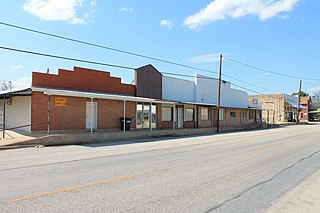
Blanket is a town located in Brown County in west-central Texas, United States. The population was 369 at the 2020 census.

Brownwood is a city in and the county seat of Brown County, Texas, United States. The population was 18,862 as of the 2020 census. Brownwood is in the Texas Hill Country and is home to Howard Payne University, which was founded in 1889.

Early is a city located in Brown County in west-central Texas, United States. It is a suburb of Brownwood, and the population was 3,087 at the 2020 census. It is named for Walter U. Early, who donated land for the local schools. It is home to the Early Independent School District and the Heartland Mall.

Cross Plains is a town in Callahan County, Texas, United States. The population was 899 at the 2020 census, down from 982 at the 2010 census. It is part of the Abilene, Texas Metropolitan Statistical Area.
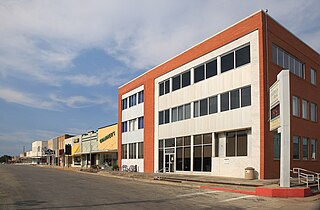
Coleman is a town in and the county seat of Coleman County, Texas, United States. As of the 2020 census, its population was 3,912.

Santa Anna is a town in Coleman County in Central Texas, United States. Its population was 1,014 at the 2020 census.

De Leon is a city located in Comanche County in the U.S. state of Texas. Its population was 2,258 in the 2020 census. It is commonly associated with being named after the Spanish explorer Ponce de León, but the town is actually named for its location on the Leon River, which flows directly north and east of the community, and drains into nearby Proctor Lake.
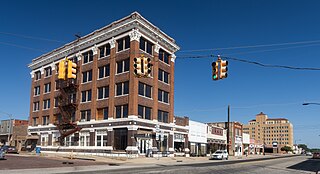
Cisco is a city in Eastland County, Texas, United States. The population was 3,883 at the 2020 census, and 3,899 at the time of the 2010 census.

Eastland is a city in Eastland County, Texas, United States. The population was 3,609 at the 2020 census. It is the county seat of Eastland County.
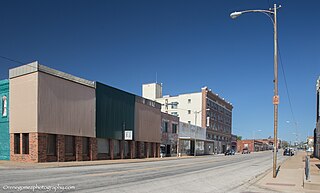
Ranger is a city in Eastland County, Texas, United States. Its population was 2,300 at the 2020 census. Ranger College, a community college, is the second-largest employer in the community.

Rule is a town in Haskell County, Texas, United States. The population was 561 at the 2020 census, down from 636 at the 2010 census.

Crockett is a city and the county seat of Houston County, Texas, United States. As of the 2020 census, the city population was 6,332. Houston County is the oldest county and Crockett the fifth-oldest city in Texas.

Jacksboro is a city in Jack County, Texas, in the United States. Its population was 4,184 at the 2020 census. U.S. Highways 281 and 380, and Texas State Highways 114 and 199 intersect at Jacksboro, which is the county seat of Jack County.
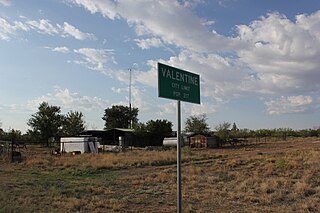
Valentine is a town in Jeff Davis County, Texas, United States. Its population was 134 at the 2010 census, down from 187 at the 2000 census.
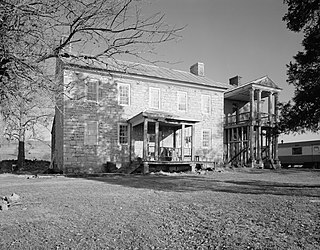
Falling Spring is a town in Greenbrier County, West Virginia, United States. It is also known as Renick from the name of its post office. The population was 171 at the 2020 census.

Gorman is a city in Eastland County, Texas, United States. Its population was 976 at the 2020 census, down from 1,083 at the 2010 census.



















